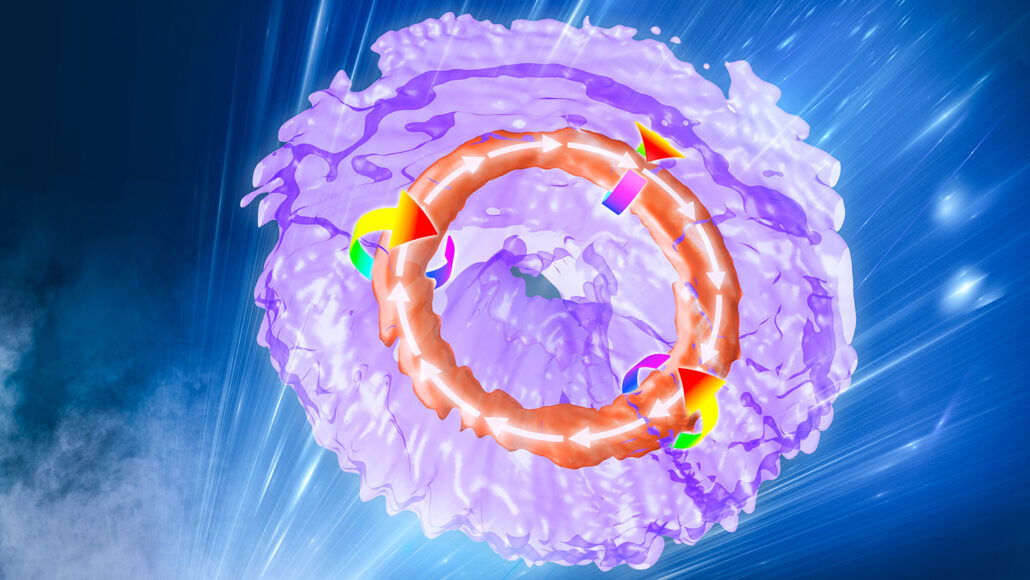blow: (noun) A term for the materials exhaled by whales through their blowholes. This can include air, mucus, germs and sometimes even seawater.
dolphins: A highly intelligent group of marine mammals that belong to the toothed-whale family. Members of this group include orcas (killer whales), pilot whales and bottlenose dolphins.
eruption: (in geoscience) The sudden bursting or spraying of hot material from deep inside a planet or moon and out through its surface. Volcanic eruptions on Earth usually send hot lava, hot gases or ash into the air and across surrounding land. In colder parts of the solar system, eruptions often involve liquid water spraying out through cracks in an icy crust. This happens on Enceladus, a moon of Saturn that is covered in ice.
field: An area of study, as in: Her field of research is biology. Also a term to describe a real-world environment in which some research is conducted, such as at sea, in a forest, on a mountaintop or on a city street. It is the opposite of an artificial setting, such as a research laboratory. (in physics) A region in space where certain physical effects operate, such as magnetism (created by a magnetic field), gravity (by a gravitational field), mass (by a Higgs field) or electricity (by an electrical field).
knot: (in metrology) A unit of measurement for speed equal to 1 nautical mile per hour, or 1.15 statute (land-based) mile per hour. This unit was initially developed by 17th-century sailors to measure the speed of ships at sea. Researchers today also apply it to wind speeds.
laser: A device that generates an intense beam of coherent light of a single color. Lasers are used in drilling and cutting, alignment and guidance, in data storage and in surgery.
liquid: A material that flows freely but keeps a constant volume, like water or oil.
matter: Something that occupies space and has mass. Anything on Earth with matter will have a property described as "weight."
optics: Having to do with vision or what can be seen.
photonics: Technology and research on the properties and transmission of light particles, called photons.
smoke: Plumes of microscopic particles that float in the air. They can be comprised of anything very small. But the best known types are pollutants created by the incomplete burning of oil, wood and other carbon-based materials.
technology: The application of scientific knowledge for practical purposes, especially in industry — or the devices, processes and systems that result from those efforts.
topology: (in math) The study of the properties of shapes and their relationships to each other. Shapes are related when they have similar properties even after deformation (such as bending, stretching, shrinking). They will not be similar if cut, torn or have had some pieces glued (or otherwise patched) onto it.
volcano: A place on Earth’s crust that opens, allowing magma and gases to spew out from underground reservoirs of molten material. The magma rises through a system of pipes or channels, sometimes spending time in chambers where it bubbles with gas and undergoes chemical transformations. This plumbing system can become more complex over time. This can result in a change, over time, to the chemical composition of the lava as well. The surface around a volcano’s opening can grow into a mound or cone shape as successive eruptions send more lava onto the surface, where it cools into hard rock.
vortex: (plural: vortices) A swirling whirlpool of some liquid or gas. Tornadoes are vortices, and so are the tornado-like swirls inside a glass of tea that’s been stirred with a spoon. Smoke rings are donut-shaped vortices.








